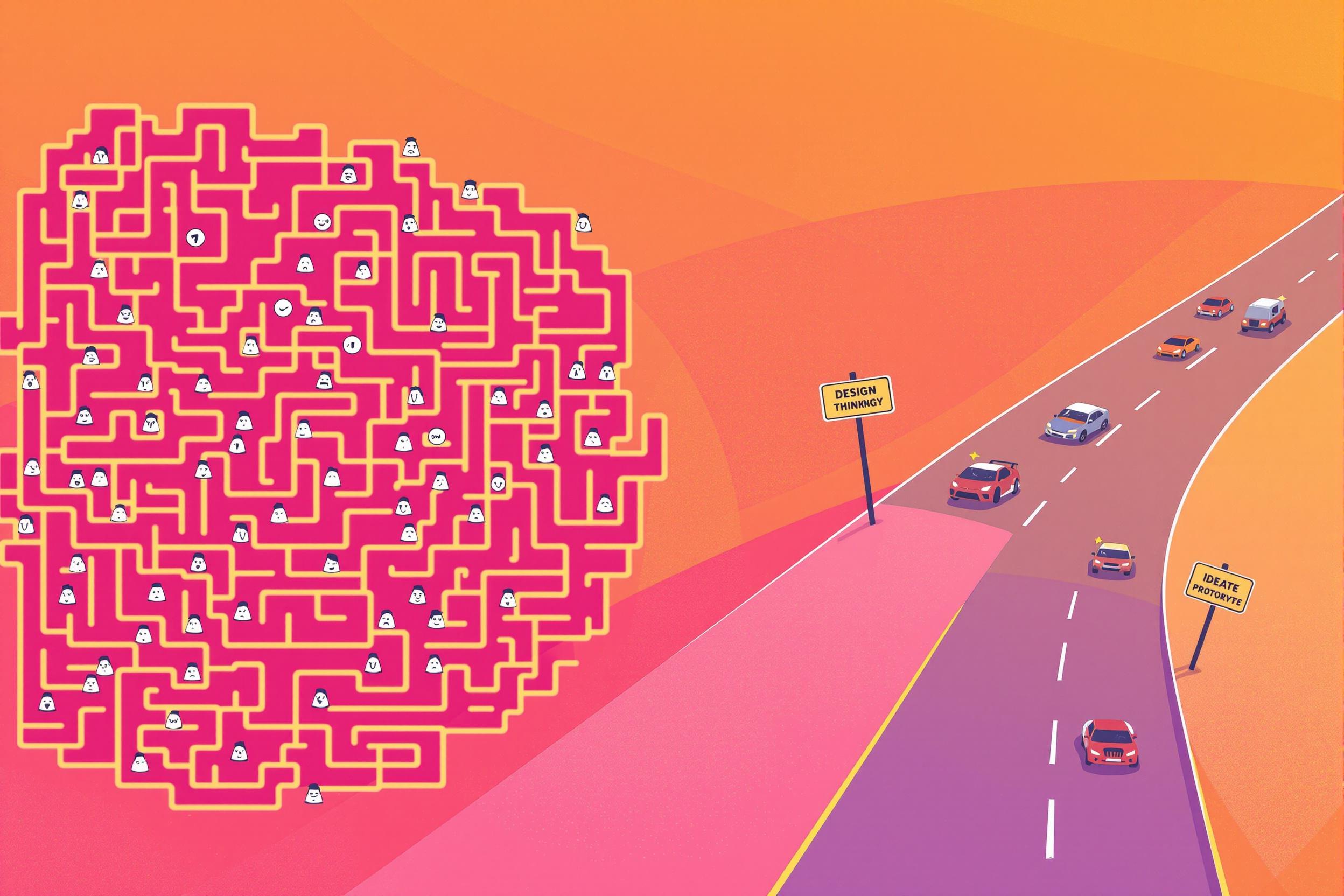
Decision Tree
A Decision Tree is a simple but powerful planning tool that helps managers and teams make choices by mapping out different options and their consequences. Think of it like a flowchart that starts with a main question and branches out into different paths based on possible answers, much like a family tree diagram. Change managers use Decision Trees to guide their teams through complex decisions, help stakeholders understand the impact of different choices, and create clear action plans. Similar tools include flowcharts, mind maps, or logic models. It's a visual way to break down big decisions into smaller, manageable steps.
Examples in Resumes
Created Decision Tree models to guide leadership through organizational restructuring process
Developed Decision Trees and Decision Matrices to evaluate change impact across departments
Used Decision Tree Analysis to determine best approach for new system implementation
Typical job title: "Change Management Consultants"
Also try searching for:
Where to Find Change Management Consultants
Professional Associations
Online Communities
Learning Resources
Example Interview Questions
Senior Level Questions
Q: How have you used Decision Trees to handle complex organizational changes?
Expected Answer: Should explain experience in breaking down major change initiatives into clear decision points, considering multiple stakeholder impacts, and using the tool to communicate plans to leadership.
Q: Can you describe a situation where a Decision Tree helped prevent a change management failure?
Expected Answer: Should provide examples of how they used Decision Trees to identify potential risks and develop contingency plans, showing how it helped avoid problems during implementation.
Mid Level Questions
Q: How do you create an effective Decision Tree for change projects?
Expected Answer: Should describe their process for gathering input from stakeholders, identifying key decision points, and mapping out consequences of different choices.
Q: How do you use Decision Trees to communicate with different stakeholder groups?
Expected Answer: Should explain how they adapt the complexity and presentation of Decision Trees for different audiences, from executives to front-line employees.
Junior Level Questions
Q: What is a Decision Tree and when would you use one in change management?
Expected Answer: Should be able to explain the basic concept of a Decision Tree as a planning tool and give simple examples of when it would be useful in change projects.
Q: What elements should be included in a basic Decision Tree?
Expected Answer: Should identify key components like the main decision point, options, consequences, and outcomes, showing understanding of basic structure.
Experience Level Indicators
Junior (0-2 years)
- Creating basic Decision Trees for simple changes
- Understanding change management fundamentals
- Stakeholder analysis
- Basic project documentation
Mid (2-5 years)
- Developing complex Decision Trees
- Change impact assessment
- Stakeholder engagement planning
- Risk analysis and mitigation
Senior (5+ years)
- Strategic change planning using Decision Trees
- Leading large-scale transformations
- Executive stakeholder management
- Complex problem-solving and decision-making
Red Flags to Watch For
- Unable to explain how Decision Trees help in planning
- Lack of experience in stakeholder engagement
- No understanding of change management principles
- Cannot provide examples of using decision-making tools in real projects
Related Terms
Need more hiring wisdom? Check these out...

Automated Scorecards in ATS Systems: Your Secret Weapon for Smarter Hiring Decisions

Reducing Time-to-Hire: Practical Strategies Using AI Tools

Why Your Hiring Process is a Maze (And How Design Thinking Can Turn It into a Superhighway)

